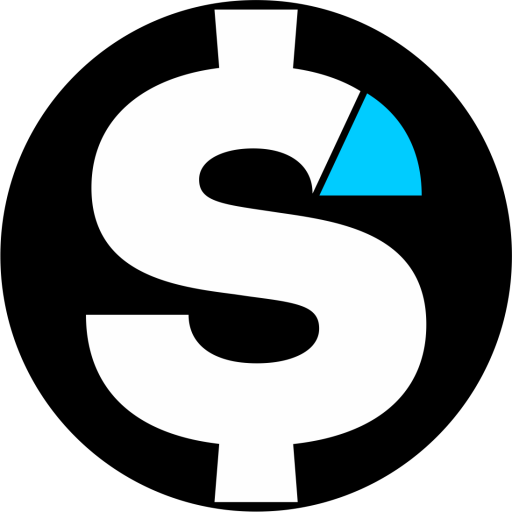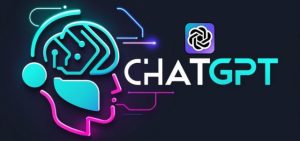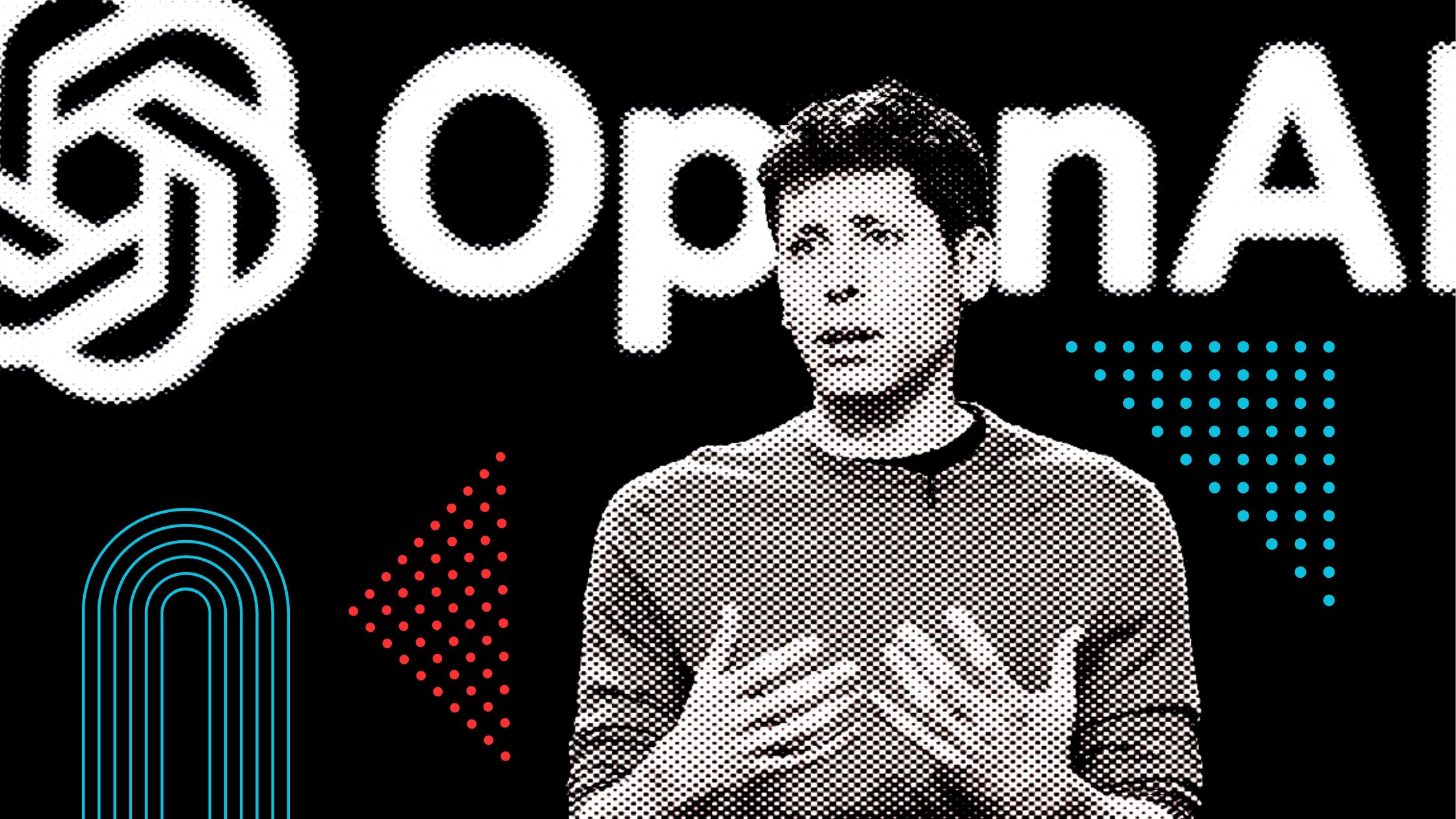How One Woman Earned $5K Upfront with Vibe Coding—And How You Can Start Today
 Image: Bermix Studio // Unsplash
Image: Bermix Studio // Unsplash
Sometimes you’re just one good idea away from changing everything. If you’ve ever felt stuck in a draining job, buried in bills, or have no time to chase your ideas, this might be the shift you need. Vibe coding isn’t about writing perfect code or becoming some startup genius overnight. It’s about building fast, following your gut, and using AI tools to create simple, useful stuff people want. You don’t need a coding degree. You don’t need funding. You just need an idea and the willingness to try.
In this post, I’ll walk through how one woman earned $5,000 upfront using this exact approach—and how you can get started today.
What Is Vibe Coding?
The term vibe coding was first used by Andrej Karpathy (former Director of AI at Tesla) in a tweet. Vibe coding is the process of creating software, apps, or digital tools without writing code line by line. Instead, you guide an AI using natural-language prompts. You simply tell the AI what you want in plain English, and it generates the code for you. Say what you need, the AI runs with it, and you copy-paste the results. It’s a fast, intuitive way to build, and it works especially well for non-coders.
I’d also add that vibe coding isn’t limited to building software or apps. You can just as effectively use it to create digital products on no-code or low-code platforms. The real essence of vibe coding lies in momentum and efficiency. Instead of overengineering or getting stuck in endless planning, vibe coders move fast, test ideas in the real world, and build what works.
This approach usually blends tools and platforms like:
- ChatGPT or Gemini for brainstorming, coding help, and user flows
- Replit, Glide, or Bubble for deploying minimum viable products (MVPs)
- Zapier, APIs, and open-source libraries for integrations and automations
What makes it different from traditional coding? Vibe coding puts the emphasis on fast feedback and monetization. Instead of long development cycles, you get rapid validation and low-cost experimentation.
How Vibe Coding Flipped Empty Wallet to $5K Wins
Wifi Mochi shared her story on Medium about how she stared at her empty bank account, stuck in a draining 9-to-5, and watched bills pile up with no real way out. Her job barely paid the bills, drained her creativity, and left zero energy for anything she cared about. But hitting that low point sparked something. Instead of coding for someone else, she decided to start building for herself using what she calls vibe coding.
No team. No big plan. Just late nights, loud music, and a drive to make things that felt useful. Some projects failed. One even crashed a gym’s website. But she kept learning and shipping.
Then came the breakthrough: a fitness tracker with crypto rewards. She built the prototype in one night, pitched it to a startup, and they paid her $5,000 upfront. That win gave her proof. Since that moment, vibe coding has become her secret weapon. It gave her the confidence to build fast, ship smarter, and turn every micro-win into momentum. It’s fast, scrappy, and all about building real things that people need.
Here’s a look at how others are doing it, too:
Solving Micro-Problems
Instead of creating large, complex apps, Mochi focused on solving narrowly defined problems that real people faced. She identified friction points in everyday workflows and used AI tools to quickly prototype solutions. Some examples included:
- A bio generator for freelancers’ social profiles
- A form-builder template for agencies onboarding new clients
- A resume optimizer that uses GPT-4 to rewrite CVs for specific job titles
These tools don’t require months of coding. They are built in days. They address problems that people are actively searching for solutions to. That’s how she stood out and sold her skill repeatedly.
Letting AI Handle the Heavy Lifting
AI tools like ChatGPT are not just assistants—they are co-creators. Used ChatGPT to:
- Generate and refine code for front-end components
- Debug errors without needing a Stack Overflow deep dive
- Draft sales copy, write landing page content, and structure onboarding flows
This will dramatically shorten the learning curve. Rather than spending months mastering a programming language, you leveraged AI to build functional prototypes and iterate quickly.
Fast Deployment, Fast Feedback
Every app is deployed using platforms like Replit or Vercel, then monetized through Gumroad or Stripe integrations. Create basic landing pages—clean, clear, and focused on one CTA—and share their launches across high-leverage channels:
- Reddit threads in r/Entrepreneur and r/IndieHackers
- Product Hunt for visibility among early adopters
- Twitter and LinkedIn to narrate the build process in public
One of their $19 tools sold over 170 units in 30 days after being featured on a micro-communities newsletter.
Stacking Revenue Streams
Wifi Mochi didn’t rely on one viral success. Instead, she took a portfolio approach. Each tool was a potential revenue stream. Leveraging these tools can earn you good money per month. Here’s a breakdown:
- $400/month from a goal-tracking planner powered by GPT
- $900 from a digital funnel template sold to online course creators
- $1,700 from a resume builder SaaS with tiered pricing
Each app took under a week to develop. None of them was a breakout hit on its own, but together, they generated consistent income. That’s the vibe coding strategy: stack wins, stay nimble, iterate fast.
Pros and Cons of Vibe Coding
| Aspect | Advantages | Trade-Offs |
|---|---|---|
| Speed | Build and launch within days | Some projects may lack polish |
| Cost | Minimal startup cost with AI and free platforms | Ongoing hosting and subscription costs |
| Learning Accessibility | Suitable for beginners, AI helps bridge skill gaps | Requires a self-learning mindset |
| Flexibility | Can build across various industries and niches | Less structure than traditional dev frameworks |
| Revenue Potential | High if you iterate and market consistently | Success depends on execution and audience reach |
Try It for Yourself
You don’t need a perfect idea or a professional developer background. Pick a small problem, sketch a fast solution using ChatGPT or Gemini, and ship. Your first project doesn’t have to be perfect—it just has to be done.
Keep your expectations realistic, but your energy high. Share your progress. Talk to your users. Iterate. That’s how people are turning side projects into income—and you can start, too.














